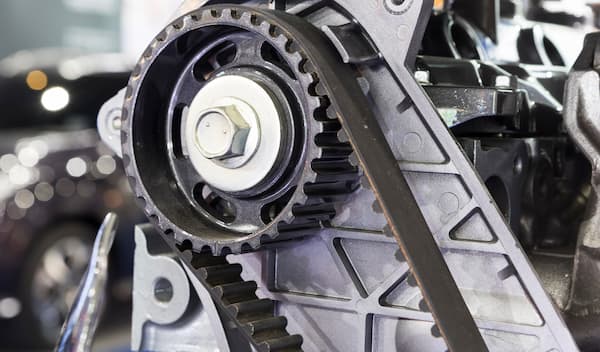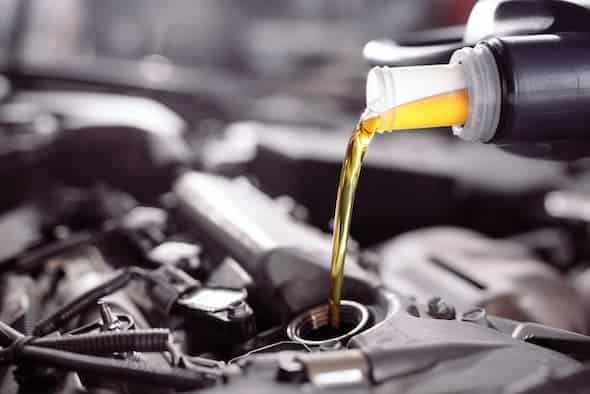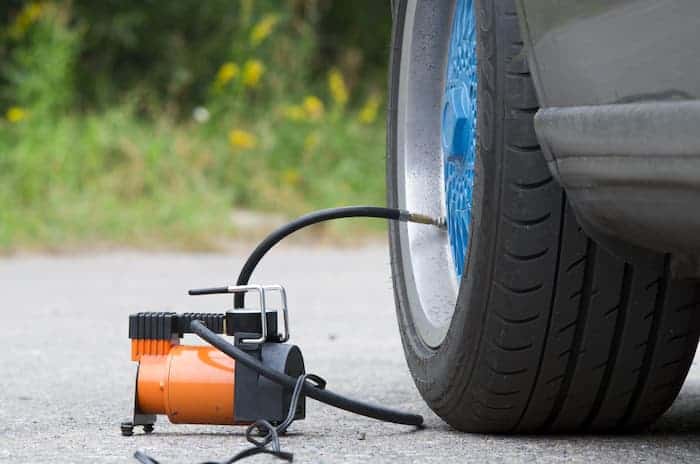A timing belt is a critical component of your car’s engine, playing a vital role in ensuring the smooth operation of the engine. Knowing the signs of a bad timing belt can save you from costly repairs and dangerous situations on the road. Here are some key signs to watch out for:
Table of Contents
ToggleHow do you Know if Timing Belt is Bad: 6 Signs
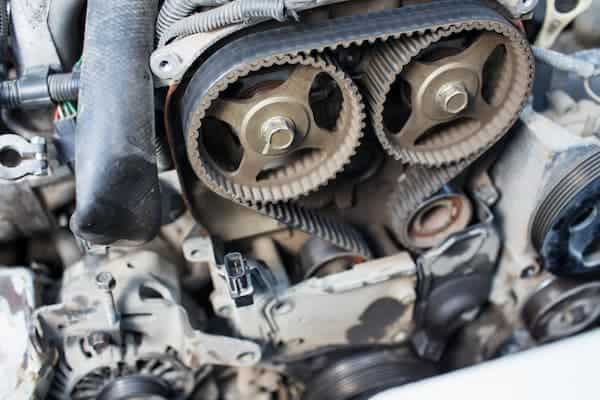
- Engine Misfires and Poor Performance: One of the first symptoms of a bad timing belt is engine misfiring or a noticeable decrease in engine performance. This occurs when the belt slips on the camshaft drive, causing one cylinder to open or close earlier than it should.
- Ticking Noise from the Engine: A ticking noise coming from the engine can be a sign that the timing belt is worn out. This sound comes from the belt struggling to turn the gears connected to the camshaft.
- Oil Leakage Near the Motor: A worn-out timing belt can cause oil leakage from the front of the motor. This is often due to a bad timing belt tensioner that may lead to a loose or damaged belt, causing oil to leak from the engine.
- Exhaust Issues: If you notice more smoke or fumes than usual coming from the exhaust, this could be a symptom of a timing belt problem. A malfunctioning timing belt can lead to incomplete combustion, resulting in excessive exhaust emissions.
- RPM Fluctuations: Unusual RPM fluctuations can be a sign of a timing belt issue. If the belt is not functioning properly, it can affect the engine’s timing, leading to erratic engine behavior.
- Difficulty Starting the Car: A broken or damaged timing belt can prevent the engine from starting. If the belt has snapped, the engine will not be able to turn over.
The Role of a Timing Belt in Your Car’s Engine
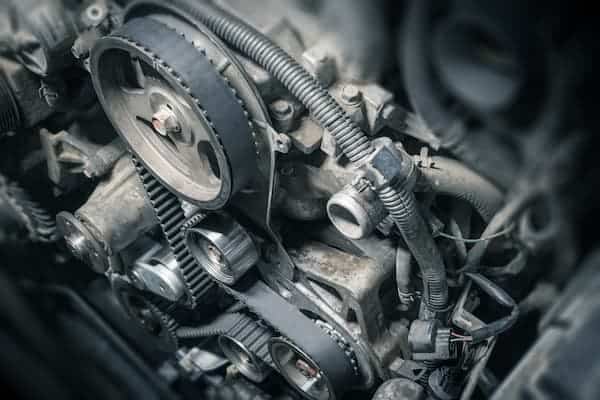
Understanding what a timing belt does helps in appreciating its importance. The timing belt synchronizes the rotation of the crankshaft and camshaft. This synchronization is crucial for the engine’s valves to open and close at the right times during each cylinder’s intake and exhaust strokes. A well-functioning timing belt ensures optimal engine performance, fuel efficiency, and emissions control.
Preventive Measures and Regular Checks
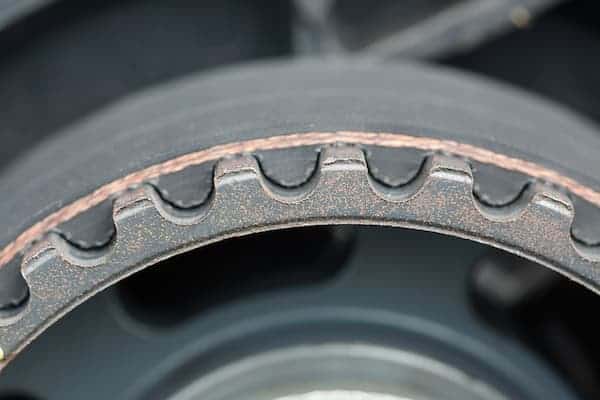
To avoid the risks associated with a bad timing belt, regular checks and preventive maintenance are essential. Here are some tips:
- Regular Inspection: Regularly inspect your timing belt for signs of wear and tear, such as cracks, fraying, or oil contamination.
- Mileage Check: Be aware of your car’s mileage. Most manufacturers recommend replacing the timing belt every 60,000 to 100,000 miles or every 5 years.
- Listen for Noises: Pay attention to any unusual noises from the engine, as they can indicate a problem with the timing belt.
The Importance of Professional Inspection

While understanding and identifying symptoms of a bad timing belt is important, nothing replaces a professional inspection. Mechanics have the tools and expertise to accurately diagnose issues with the timing belt and can provide the necessary repairs or replacements. Regular professional inspections ensure that your timing belt is in good condition, helping to prevent unexpected breakdowns and expensive repairs.
Conclusion
In conclusion, the timing belt is a critical component of your car’s engine. Being vigilant about its condition and ensuring timely maintenance can save you from costly repairs and keep your car running smoothly. Remember, a little attention to your car’s needs goes a long way in ensuring its reliability and your safety on the road.
FAQ - About Timing Belt
A timing belt is a part of an internal combustion engine that synchronizes the rotation of the crankshaft and the camshaft(s) to ensure the engine’s valves open and close at the proper times during each cylinder’s intake and exhaust strokes.
Signs that your timing belt needs replacement include a ticking noise from the engine, the engine misfiring or running roughly, oil leakage near the motor, and unusual emissions or smoke from the exhaust.
If a timing belt breaks while driving, the engine will stop running immediately. This can lead to a sudden loss of power and, in some cases, cause extensive engine damage, especially in interference engines.
Timing belts should typically be replaced every 60,000 to 100,000 miles or every 5 years, but it’s important to check your vehicle’s owner’s manual for specific recommendations.
Replacing a timing belt requires specific tools and knowledge. It’s a complex task that usually involves removing many parts of the engine. It’s generally recommended to have a professional mechanic perform this job.
The time it takes to replace a timing belt can vary depending on the vehicle model, but it generally takes between 2 to 6 hours.
Yes, a timing belt is a rubber belt that needs periodic replacement, while a timing chain is a metal chain designed to last the lifetime of the engine, though it may require occasional maintenance.
Yes, a failing timing belt can affect the engine’s timing, leading to inefficient combustion. This inefficiency can result in reduced fuel economy and overall performance.

